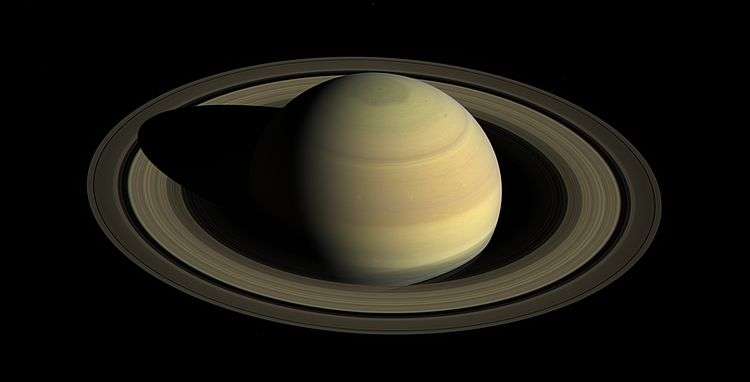AVIATR
 Artist's rendering of the AVIATR airplane flying over the surface of Titan. | |
| Mission type | Titan airplane |
|---|---|
| Operator | originally directed towards NASA Discovery program |
| Mission duration | 1 year flying over Titan surface [1] |
| Spacecraft properties | |
| Power | 254 W Total (2 x 128 W ASRG)[1] |
| Start of mission | |
| Launch date | 2020 (proposed)[2] |
| Rocket | Atlas V 521 [1] |
AVIATR (Aerial Vehicle for In situ and Airborne Titan Reconnaissance) was a proposed airplane mission concept to Titan, a moon of Saturn. The concept was developed in 2011 by a team of scientists led by Jason W. Barnes at the University of Idaho.[1][2] Compared to Earth, Titan has about one-seventh the gravity but four times the atmospheric density.[3] These conditions make it easier to fly there.[3]
Overview
The design called for a 120 kg (260 lb) airplane powered by an advanced Stirling radioisotope generator[1] that would have allowed it to fly uninterrupted for about one year. However, the National Research Council's "Decadal Survey" did not prioritize the moon Titan for exploration, and the development of the advanced Stirling radioisotope generator was suspended indefinitely.[2][4]
References
- 1 2 3 4 5 Barnes; et al. (March 2012). "AVIATR – Aerial Vehicle for In-situ and Airborne Titan Reconnaissance". Experimental Astronomy 33, March 2012, 55-127. doi: 10.1007/s10686-011-9275-9.(open access). Retrieved 10 May 2014.
- 1 2 3 Ortiz, Lillian (2 January 2012). "AVIATR: An Airplane Mission for Titan". Universe Today. Retrieved 2 August 2013.
- 1 2 Proposed AVIATR Project Captures the Scientific Imagination. University of Idaho. 2011.
- ↑ The ASRG Cancellation in Context Future Planetary Exploration

.jpg)

